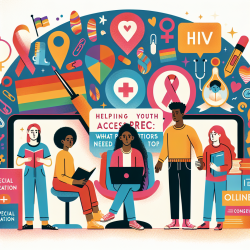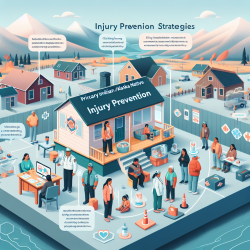Adolescents are at high risk for HIV infection, and while pre-exposure prophylaxis (PrEP) has shown promise in preventing new infections, various country-specific laws and policies impact youth access to this vital intervention. As a practitioner, understanding these legal landscapes is crucial for effectively advocating for and administering PrEP to adolescents.
The research article "Getting youth PrEPared: adolescent consent laws and implications for the availability of PrEP among youth in countries outside of the United States" provides a comprehensive review of these laws and offers insights into improving access. Here are key takeaways for practitioners:
- Understanding Age of Consent Laws: The age at which adolescents can consent to medical treatment, including PrEP, varies significantly by country. Familiarize yourself with local laws to ensure compliance and to better support your adolescent patients.
- Confidentiality and Parental Consent: Many countries require parental consent for adolescents to access PrEP, which can be a barrier. Advocating for policy changes that allow confidential access to PrEP for adolescents is essential.
- Provider Education: Providers must be knowledgeable about PrEP and the specific needs of adolescents. Continuous education and training on PrEP prescribing practices can improve adolescent health outcomes.
- Overcoming Stigma: Stigma around HIV and PrEP can deter adolescents from seeking help. Creating a supportive and non-judgmental environment in your practice can encourage more youth to access these services.
By implementing these insights and advocating for necessary policy changes, practitioners can play a pivotal role in making PrEP more accessible to adolescents, ultimately helping to curb the HIV epidemic among youth.
To read the original research paper, please follow this link: Getting youth PrEPared: adolescent consent laws and implications for the availability of PrEP among youth in countries outside of the United States.










